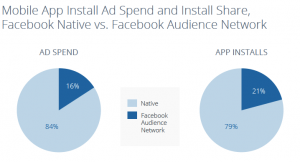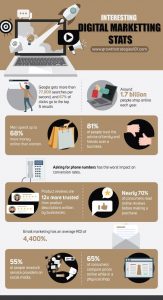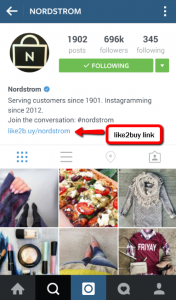Investment is slowing, budgets are shrinking and generative AI threatens disruption. Here’s why 2024 may be a shakeup year for martech.
One certainty for marketers over the last dozen years is that Scott Brinker’s martech landscape map would grow. The map, which started in 2011 with only 150 companies listed, now contains over 11,000 companies* — a ridiculous growth rate of over 7,000%!
With investments bringing generative AI into every marketing area imaginable, it seems certain that next year’s map will continue on the same growth trajectory.
But that may not be the case. The glory days of “build it and they will come” may be over. Even more concerning is the marketing technology landscape may be headed towards a “killing field,” as Larry Ellison once described the software industry during the dot-com bubble.
As a vendor, many of us have seen our clients’ marketing budgets slashed in 2023. What was thought to be a temporary reaction to uncertainty in the economy is now the reality for 2024. And it’s getting worse. Budgets are under attack, with headcount and technology investments being slashed.
1. Investment is drying up
The impact on martech is already starting to surface. In Q3 2023, martech investments went down significantly. The martech pipeline for new product announcements has slowed to 65 in Q3, down from 128 in Q2 and 121 in Q1.
The beginning of the year saw big investments in ChatGPT-related tools, which have also slowed from $ 10 billion in Q1 to $ 1.9 billion. For established vendors, servicing debt is getting very expensive. Watch for that to also have an impact on vendor financial viability in 2024.
The cooling of the investment is one factor in the slowing of the product landscapes, but other forces are at play, like the reduction of marketing budgets.
2. Innovative AI tools will make existing tools obsolete
Another force is generative AI itself. It threatens existing products both with its innovation, as well as becoming a replacement.
A whole host of existing videos, content, SEO products, email platforms, list generators and so on could be eliminated if they don’t integrate their own AI solutions immediately.
3. Pressure on marketing to cut budgets
On the client side, marketers are now trying to find efficiencies in their spend. They’re also giving performance a hard look — and it isn’t pretty. In a down market, it’s difficult to defend investments that are not producing. A CMO I recently spoke to told me that in 2022, they closed one out of four opportunities created by marketing. In 2023, that number was one out of 10.
Data integration issues still plague organizations, as well as historical attribution challenges. Existing tools will be difficult to defend without hard evidence of business impact or ROI.
Martech “stacks” have grown so large that even in small organizations, it’s not uncommon to see 30 to 50 products aimed at various stages of the buyer journey. Those tools are now beginning to be under the microscope, and CMOs have to rationalize those investments.
Count on seeing marketing organizations unbundling and/or not renewing contracts with existing vendors at the end of this year or early next year. Vendors, the days of multi-year contracts will also be under pressure as buyers look for more flexibility.
4. Making room for new generative AI tools
Marketers love shiny new tools, and generative AI has the type of shine that is hard to resist. There is no question about AI’s ability to help marketing organizations be more efficient. Whether it’s content development or video production, the tools are fast and produce a pretty good output if trained appropriately.
The question of whether they are more effective remains to be seen. The pressure of not falling behind competitors may help CMOs justify those investments for now, but it will come with strings attached. The biggest string — a zero-based budget. It will no longer be an “additive” game. New investments will come from the elimination of other tools.
5. Barbarians will be at the gate
Expected to see a significant increase in M&A activity next year, Adobe, Microsoft, and Oracle will be hunting for opportunities to enhance their portfolio or plug gaps in their solution set. Reduced funding, combined with slowing (perhaps dramatically) market demand and more expensive debt, means there will be opportunities to pick up innovative technologies cheaply.
Also, look for competitors in similar categories to merge to reduce cost, expand the customer base and conserve cash. The martech landscape could very much become a killing field of the past.
CMOs who have become “data-driven” must now become performance-driven. In what is a more permanent stage of a slowing economy, competition for funding internally will pit sales, marketing and product organizations against each other. These groups will be increasingly skeptical of what marketing investments are producing.
Marketing organizations and technology providers will be pressured to defend their value, performance and worth. Buckle up — 2024 is going to be a rough ride for everyone!
*Editor’s note: Scott Brinker and Frans Riemersma are promising to release an updated total on December 5.
The post 5 reasons why the martech landscape will reach its peak in 2024 appeared first on MarTech.
MarTech(7)







